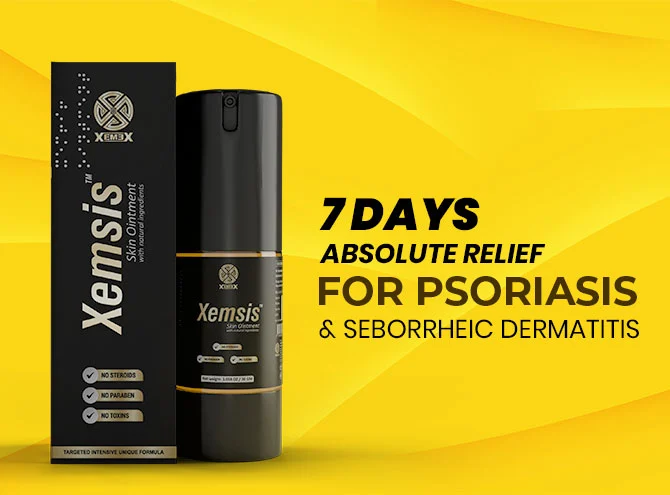
About Xemsis Ointment
Introducing Xemsis Ointment, a targeted, intensive solution for psoriasis. Our unique formula, created with all-natural ingredients, delivers visible results in just 7 days. Free from steroids, parabens, and toxins, Xemsis offers gentle yet powerful relief. Experience the difference and restore normal, healthier skin today with Xemsis.
- No Steroids
- No Paraben
- No Toxins


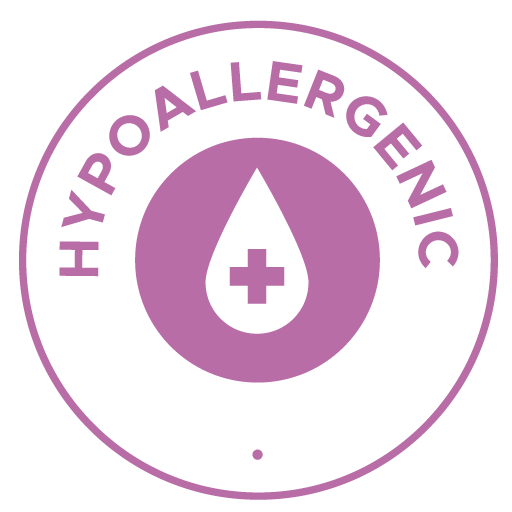
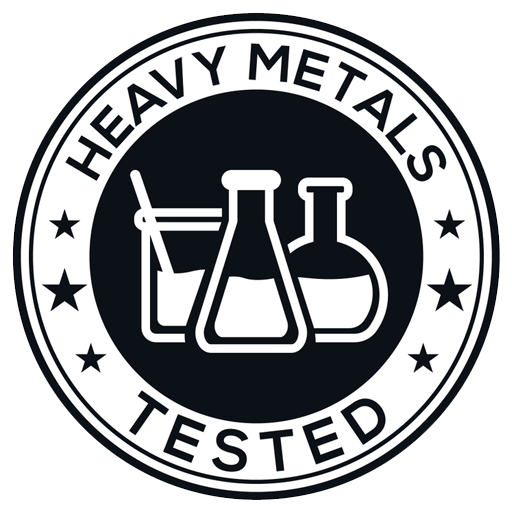
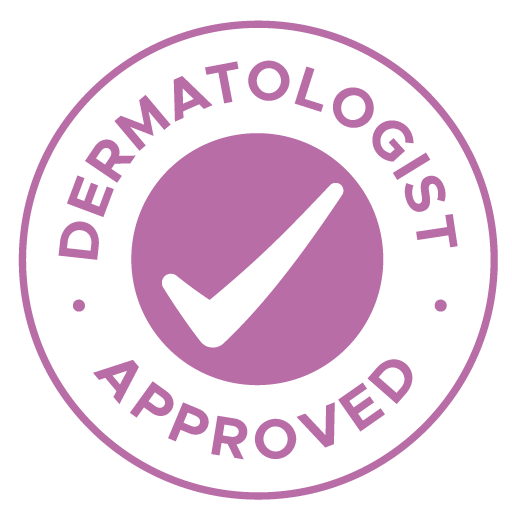
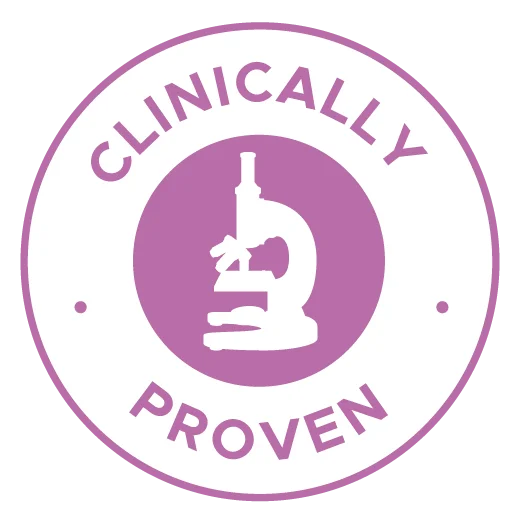


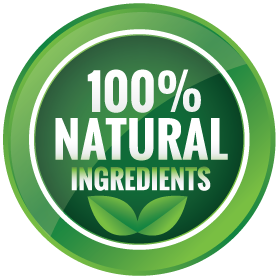
Ingredients & Benefits
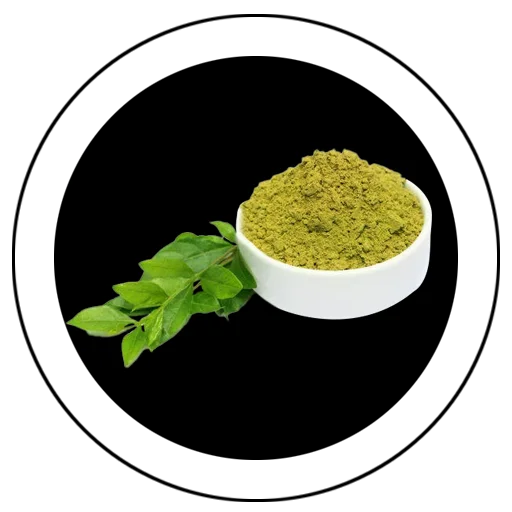
Rogan Hina(Oil of Lawsonia Inermis)
- Reduces Blemishes, Dark spots, & scars on the Skin
- Antiviral, antibacterial & cooling properties makes it useful for treating wounds, sunburns & skin rashes
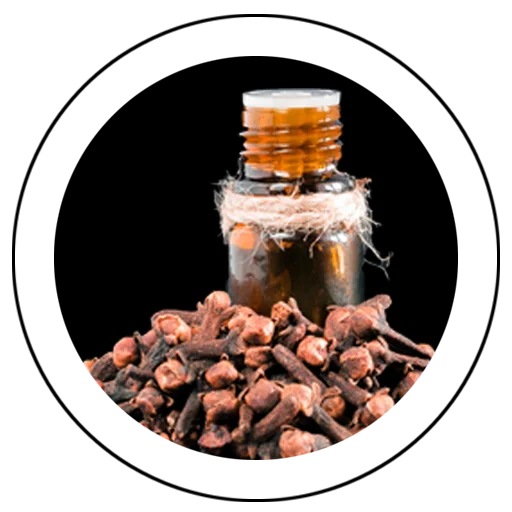
Clove Oil(Oil of Syzyguim Armoticum)
- Treats both Eczema & Psoriasis conditions
- Works especially well for psoriasis due to anti-inflammatory properties
- Helps to reduce redness, irritation, & itching
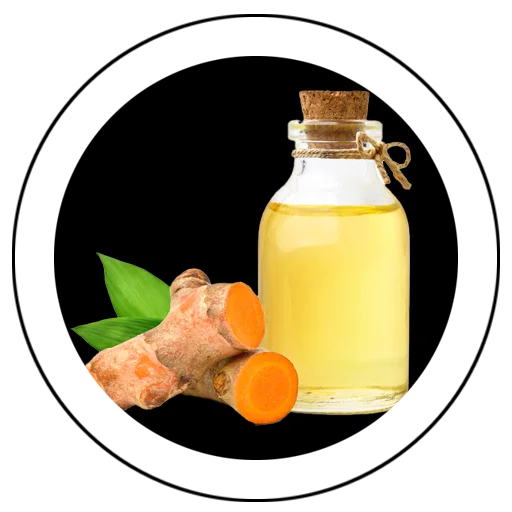
Turmeric Oil(Oil of Curcuma Longa)
- Rich in antioxidants
- Prevent dryness, infections, scars, & blemishes
- Maintains the optimal pH level of the skin
- Hydrates skin
- Anti-aging
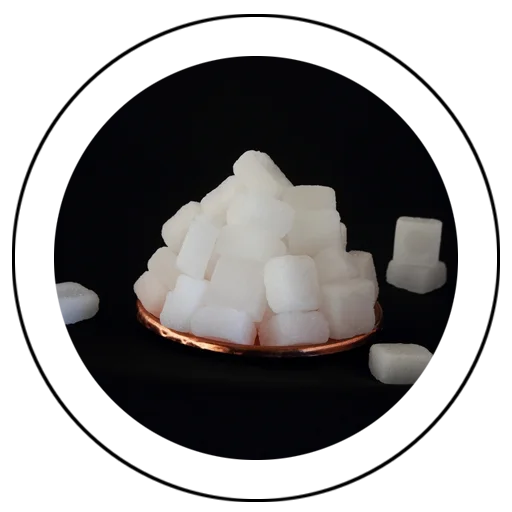
Kapoor(Cinnamomun Camphora)
- Alleviates pathologic systems of atopic dermatitis or eczema
- Relieves irritation, itching & eczema

Pepper Mint(Mentha piperita)
- Boosts blood circulation, ensures skin nourishment
- Rejuvenates skin & keeps skin healthy
- Rich in antioxidants keeps skin damage-free
- Assists smooth cell turnover
- Loosens dead skin cells & ensures regeneration
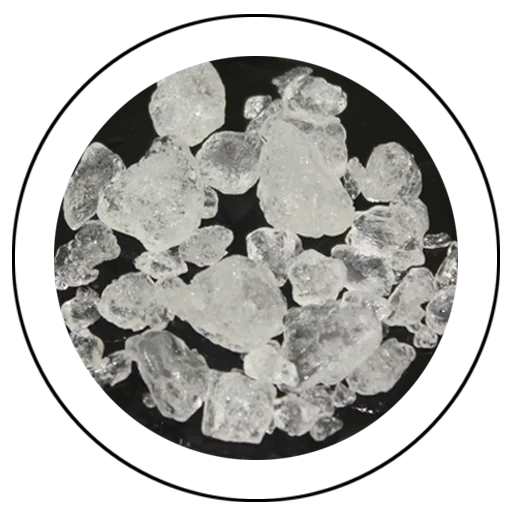
Ajwain(Trachyspermum Ammi)
- Prevents acne scars
- Reduces itching, boils, eczema
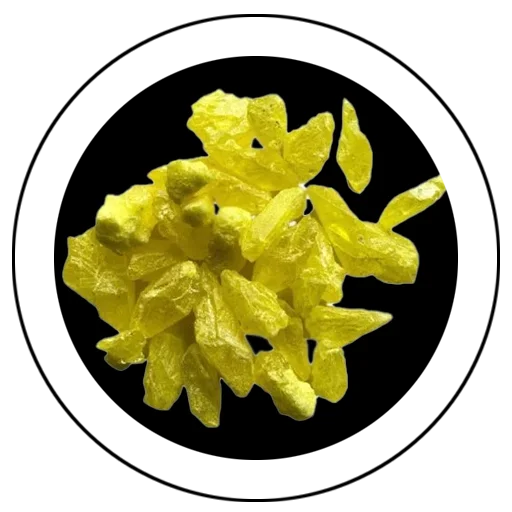
Gandhak (Natural)(Sulphur)
- Prevents itching & burning
- Relieves pain
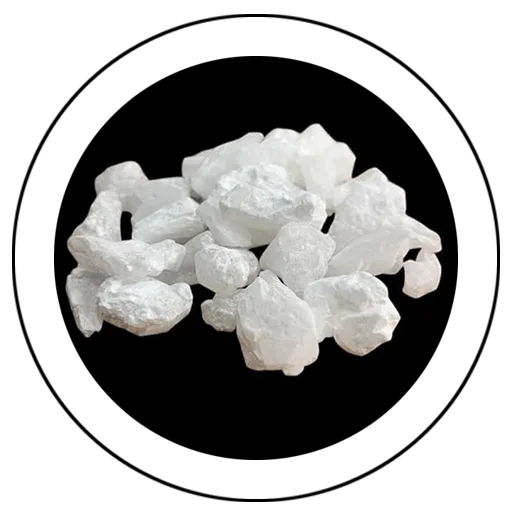
Suhaga (Natural)(Borax)
- Reduces itching & burning sensations
- Effective antiseptic properties that treat minor cuts & burns
- Potent anti-fungal
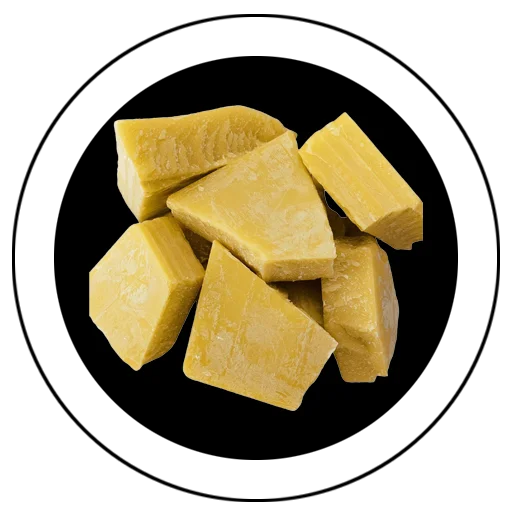
Beeswax(Cera Alba)
- Hydrates, Conditions, Soothes & Calms the Skin
- Exfoliates, Repairs damage
- Promotes the skin's regeneration
- Diminishes signs of aging
- Creates hydrating, long-lasting protective barrier against environmental pollutants
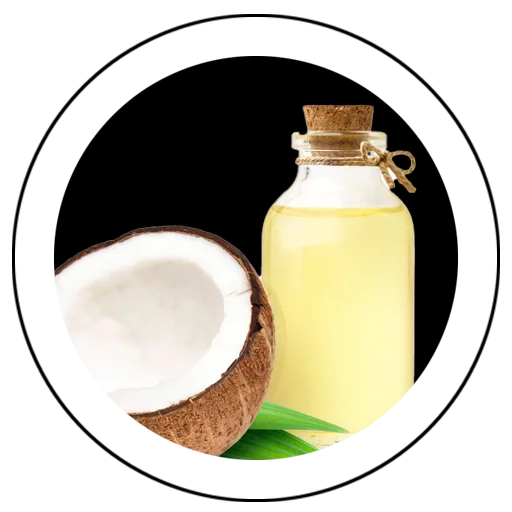
Coconut Oil(Cocos Nucifera)
- Boosts blood circulation, ensures skin nourishment
- Rejuvenates skin & keeps skin healthy
- Rich in antioxidants keeps skin damage-free
- Assists smooth cell turnover
- Loosens dead skin cells & ensures regeneration
Directions to use
Before opening the seal, gently squeeze & roll tube by palm to get a uniform mix and smooth flow for 15g pack / Shake well before use for 30g pack.
Preferably twice daily or one during night is essential.
Clean the affected area with only water then allow to dry & apply gently, in such a way that, the ointment fully covers all the affected areas.
Don't use any other topical application like Ointments / Lotions / Gels / Fragrant Oils on the affected area.
In case of dryness or itching, need not panic, it's the indication of recovery & if intolerable then apply coconut oil.
While taking bath, don't use any soap on the affected area. Use only water and gently wipe with soft towel.
Result varies person to person according to skin if small portion of the skin is affected or mild infection, then in a week recovery can be seen. If intensity of infection is high & affected larger portion of the Skin. Recovery may take From 7 days to 3 months. Discontinuation or irregular application may adversely affect the result.
Use as per the directions given, for better & faster result , continuous application of minimum 7 days is required & contirve the application till normal skin is restored.
How to use
Harnessing Nature's Remedies
Exploring Phytogenic Ingredients of XEMSIS
Phytopharmaceuticals, also known as phytopharmaceutical products, are derived from plants and are utilized for their medicinal properties. These products may involve different plant parts, such as roots, leaves, stems, and flowers, or extracts obtained from these parts, containing bioactive compounds which gives therapeutic effects.
Phytopharmaceuticals are studied through scientific methods to understand their active ingredients, biological effects, and potential side effects. This research involves identifying and isolating active compounds, assessing their pharmacological activities, and exploring their safety and efficacy for human use. The development and utilization of phytopharmaceuticals encompass traditional knowledge combined with modern scientific methodologies to create plant-based remedies that adhere to safety and quality standards.
One example of a widely used phytopharmaceutical is “Curcumin,” derived from the Turmeric plant. Turmeric contains an active compound called “curcumin,” known for its anti-inflammatory and antioxidant properties. It’s often used in traditional medicine and has gained attention in modern research for its potential health benefits.
Understanding Psoriasis and Types of Psoriasis
Psoriasis and Seborrheic Dermatitis are two common skin conditions that can significantly affect an individual’s quality of life. While they share some similarities, they also have distinct characteristics and require different approaches to management.
Psoriasis:
Psoriasis is an autoimmune condition whereby the immune system mistakenly attacks healthy skin cells causing them to multiply too rapidly. A healthy turnover of skin allows old cells to shed before new skin cells are produced.
Psoriasis plaques can affect any area of the body. When skin cells multiply too rapidly, new cells push up old cells to the outmost layer of the skin. This causes the primary symptom of psoriasis – areas of thick, dry skin covered with silvery scales, known as plaques. These plaques can be sore and itchy as well as unsightly. Psoriasis typically affects the elbows, knees, scalp, nails and trunk of the body, but plaques can appear anywhere on the body.
In some people, the effects of psoriasis are not restricted to the skin. Chronic inflammation present in a specific type of psoriasis, known as psoriatic arthritis, affect the joints, causing swelling, stiffness and pain. It is thought that up to 1 in 4 people with psoriasis also go on to develop psoriatic arthritis.
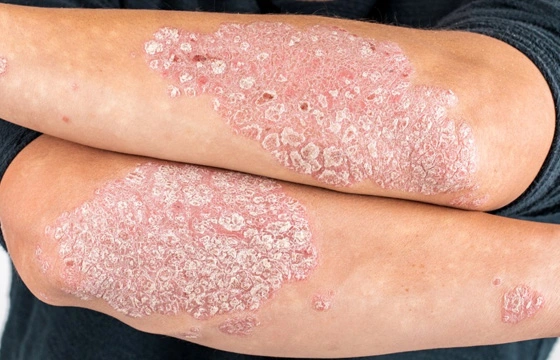
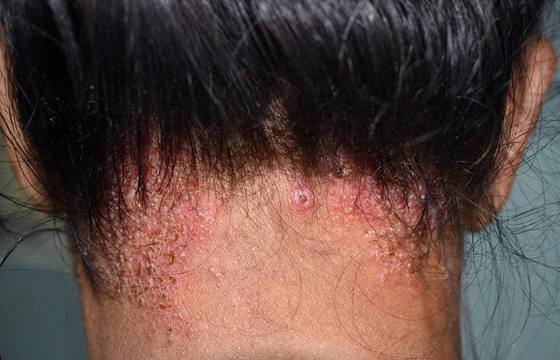
Seborrheic Dermatitis:
- Seborrheic Dermatitis is a common skin condition characterized by red, inflamed skin covered with greasy, white or yellow scales. It usually affects areas rich in oil glands, such as the scalp, face, and chest.
- Unlike psoriasis, seborrheic dermatitis is not an autoimmune condition but is believed to be related to the presence of a type of yeast called Malassezia on the skin.
- Seborrheic Dermatitis can be triggered or exacerbated by factors such as stress, weather changes, or certain skincare products. It is not contagious.
- Common symptoms include itching, redness, and flaking, which can vary in intensity.

